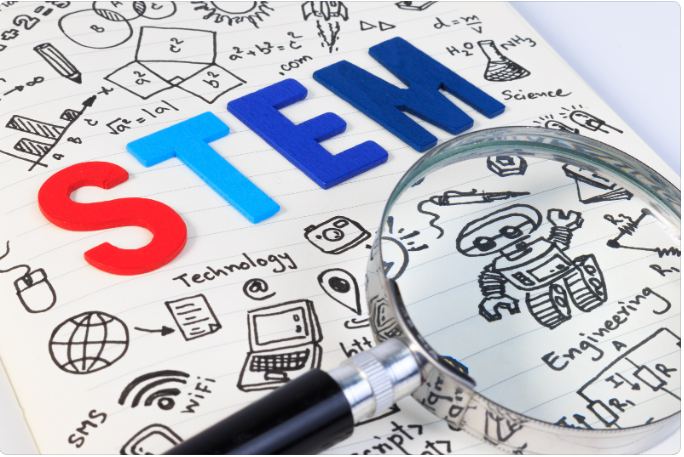Stem (Science, Technology, Engineering, and Mathematics) activities are a fantastic way to engage children in hands-on learning experiences.
By incorporating everyday materials like paper, you can provide simple yet exciting STEM projects that foster creativity, critical thinking, and problem-solving skills.
We will explore Easy Stem Activities With Paper as a primary component.
These activities are designed to be accessible, fun, and educational, allowing children to explore various STEM concepts while having a great time.
So, gather some paper, grab your young scientists, and let’s dive into the world of paper-based STEM activities!
Paper Airplane Challenge:
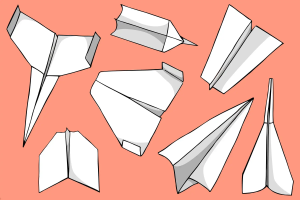
Encourage children to design and create their own paper airplanes, testing how different folds and adjustments impact flight distance and stability.
Paper Tower Challenge:

Challenge kids to construct the tallest tower possible using only paper and tape. They’ll need to consider stability, base design, and weight distribution.
Related: 20 Fun Ant Activities for Preschoolers
Straw Rockets:
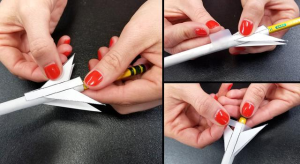
Create paper rockets and launch them using straws as the propulsion mechanism. Experiment with different designs and angles for maximum distance and accuracy.
Paper Circuits:
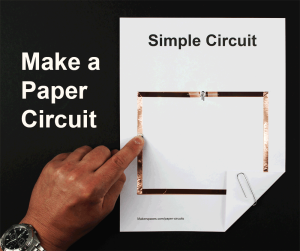
Combine art and electronics by creating circuits using conductive tape, LEDs, and a battery to make paper creations light up.
Related: Construction Activities for Preschoolers
Paper Bridge:
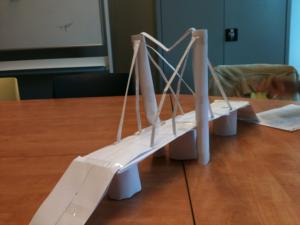
Construct a bridge using paper and test its strength by placing objects on top. Experiment with different folding and support techniques.
Paper Boat Float:
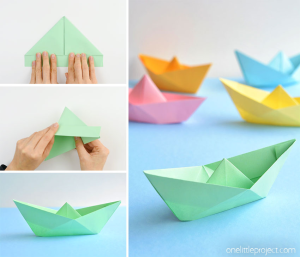
Design and build a paper boat and see how many small objects it can carry before sinking. Investigate different folding methods and boat shapes.
Related: 20 Exciting Hat Crafts for Preschoolers
Paper Chromatography:
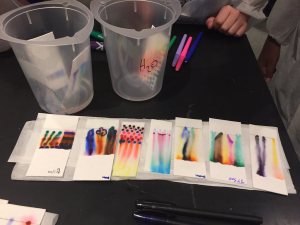
Explore the concept of separation by creating colorful designs using markers and water. Observe how the ink components separate on paper.
Paper Chain Reaction:
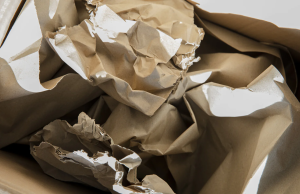
Create a chain reaction using a series of folded paper loops. When one loop falls, it triggers the next one, creating a visually captivating display.
Paper Spinners:
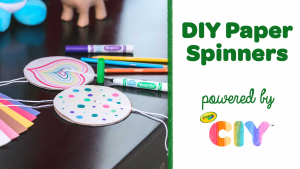
Design and decorate paper spinners, experimenting with different shapes and sizes to observe how they affect spin time and stability.
Paper Puzzles:
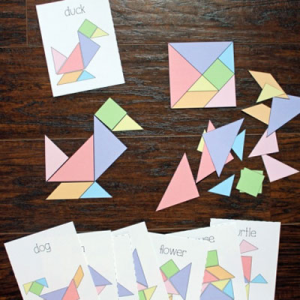
Challenge children to design their own paper puzzles, such as mazes or tangrams, and share them with friends to solve.
Paper Seed Bombs:
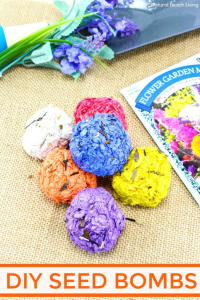
Make seed bombs by mixing paper pulp, water, and seeds. Shape them into balls and let them dry. Plant them in appropriate areas to grow plants.
Paper Sundial:
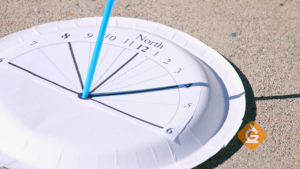
Construct a sundial using a paper plate and a straw. Observe how the shadow moves throughout the day and learn about the concept of time.
Paper Origami:
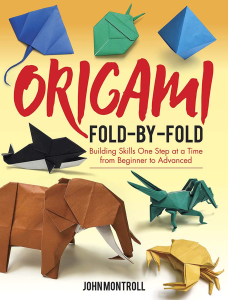
Learn the art of origami by following step-by-step instructions to fold paper into various shapes like animals, flowers, or geometric figures.
Paper Straw Structures:
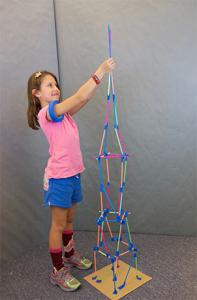
Build structures using paper and straws, exploring concepts of stability, balance, and weight distribution. Experiment with different designs and materials.
Paper Kaleidoscope:
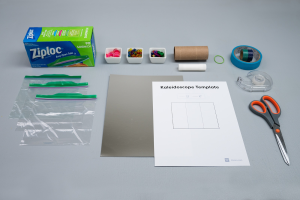
Create a simple kaleidoscope using paper, a plastic container, and reflective materials. Explore the patterns and symmetry created by reflections.
Paper Stomp Rockets:
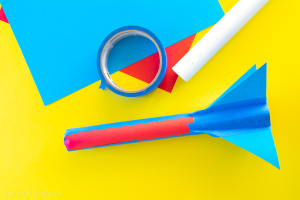
Design and launch rockets using paper, straws, and a stomp mechanism. Experiment with different rocket designs to achieve maximum height and distance.
Paper Mache:
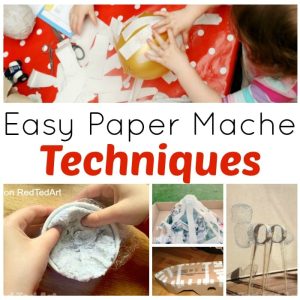
Get messy and creative with paper mache, using strips of paper and a paste mixture to sculpt various objects or masks.
Paper Spinning Tops:
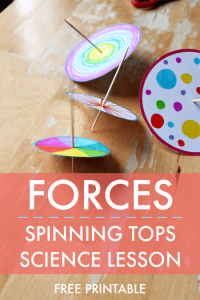
Construct spinning tops using paper and a pencil. Experiment with different shapes and sizes to observe how they affect spin time and balance.
Paper Slingshot:
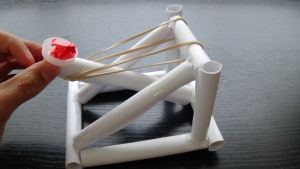
Create a paper slingshot using rubber bands and a cup-shaped paper holder. Launch small objects and measure how far they travel.
Paper Sound Amplifier:
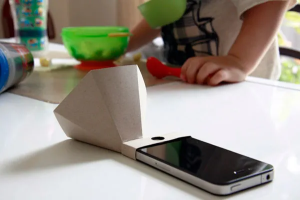
Design a paper cone-shaped amplifier to enhance the sound from a smartphone or music player. Experiment with different cone sizes for optimal sound amplification.
These easy STEM activities with paper provide a starting point for engaging children in hands-on exploration and learning.
Remember to encourage creativity, experimentation, and critical thinking throughout each activity. Have fun, and enjoy the wonders of STEM with readily available paper materials!

